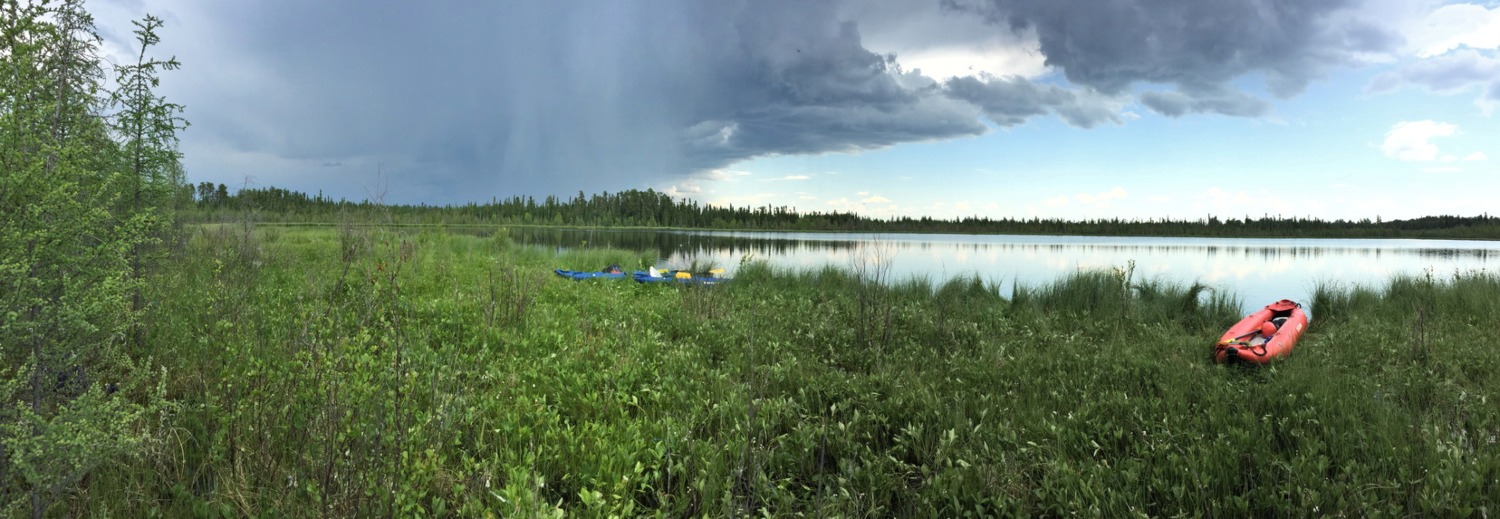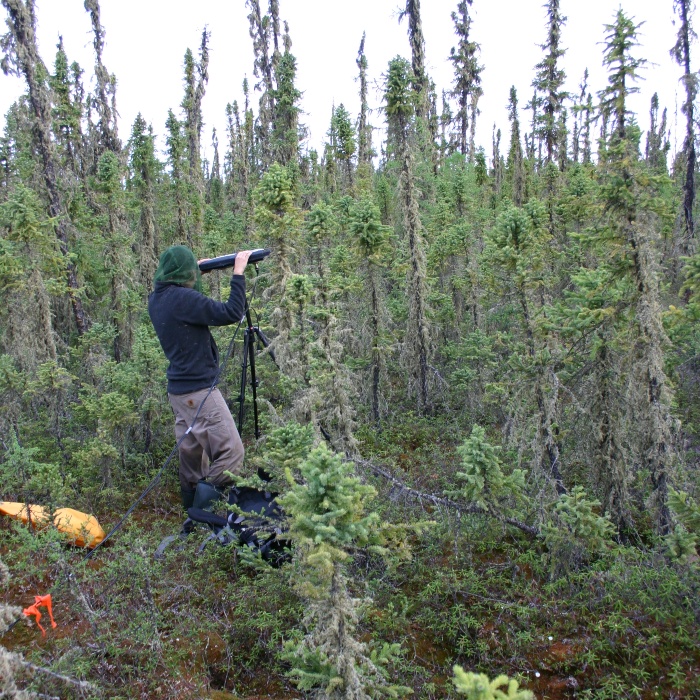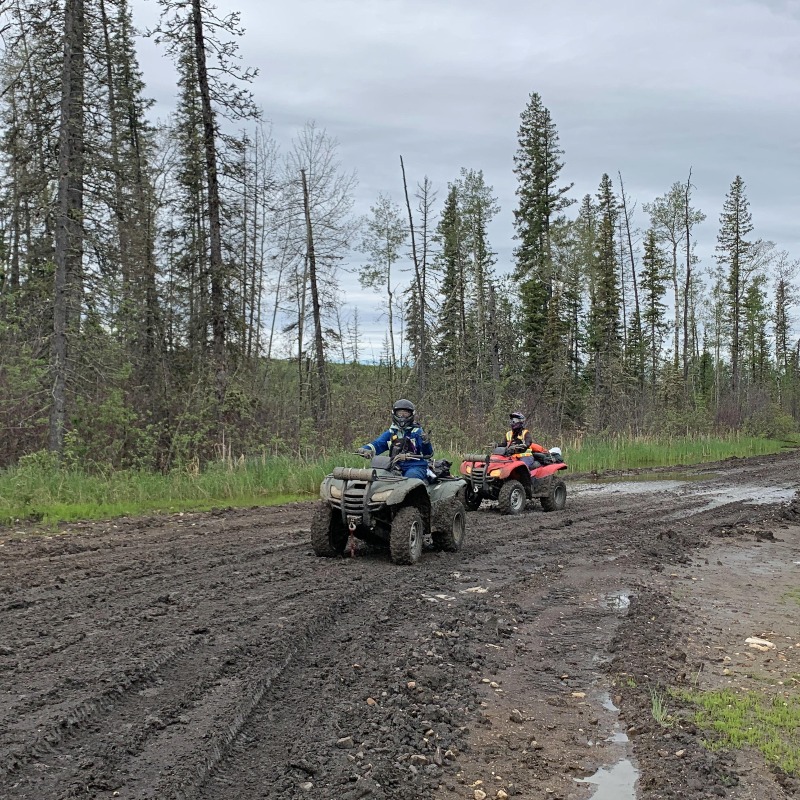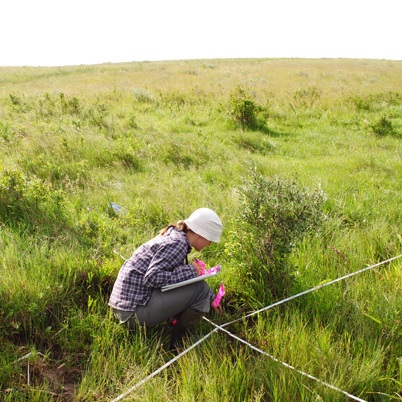
Areas of Work
Areas of Work
ABMI field technologists work in fascinating and varied landscapes. The location of our sites for a given season determines the location of our base of operations and the challenges and adventures associated with the field work.
Each area of work comes with a unique set of challenges. Some crews could have the opportunity to work in just one, a few, or all areas in a given field season.

In Northern Alberta, sites are accessed with helicopters, Argos, ATVs, and 4x4 trucks. Sites are typically in the boreal or mountain regions, though some private rangeland and cropland sites exist in the region as well. Accessing northern sites can be an adventure in and of itself. Crews must be prepared to troubleshoot and adapt to changing conditions throughout each shift.
The OSR occupies a large portion of Alberta, and working within its boundaries comes with many of the access challenges associated with northern work. The key difference is that there are additional challenges related to working on or near industry sites, such as obtaining company-specific safety certifications and frequent on-site communication with industry personnel.


Dependent on the year, some technologists may be placed on remote crews. Remote crews are transported to sites via helicopter, where they complete their data collection and camp overnight near the landing spot. They are transported to their next site the following day and may continue this for the duration of the shift, up to 10 days. All camping equipment is provided, including tent, sleeping bag, stove, and camping utensils.
Sites in southern Alberta are typically accessed with 4x4 trucks--usually in Alberta's prairie or parkland areas, including private rangelands and croplands. Southern crews regularly deal with intense heat, wind, and variable range road conditions. Crews often interact with local landowners and continue the relationships developed by the land access team. It’s important that field crews maintain these relationships for future years of access.

